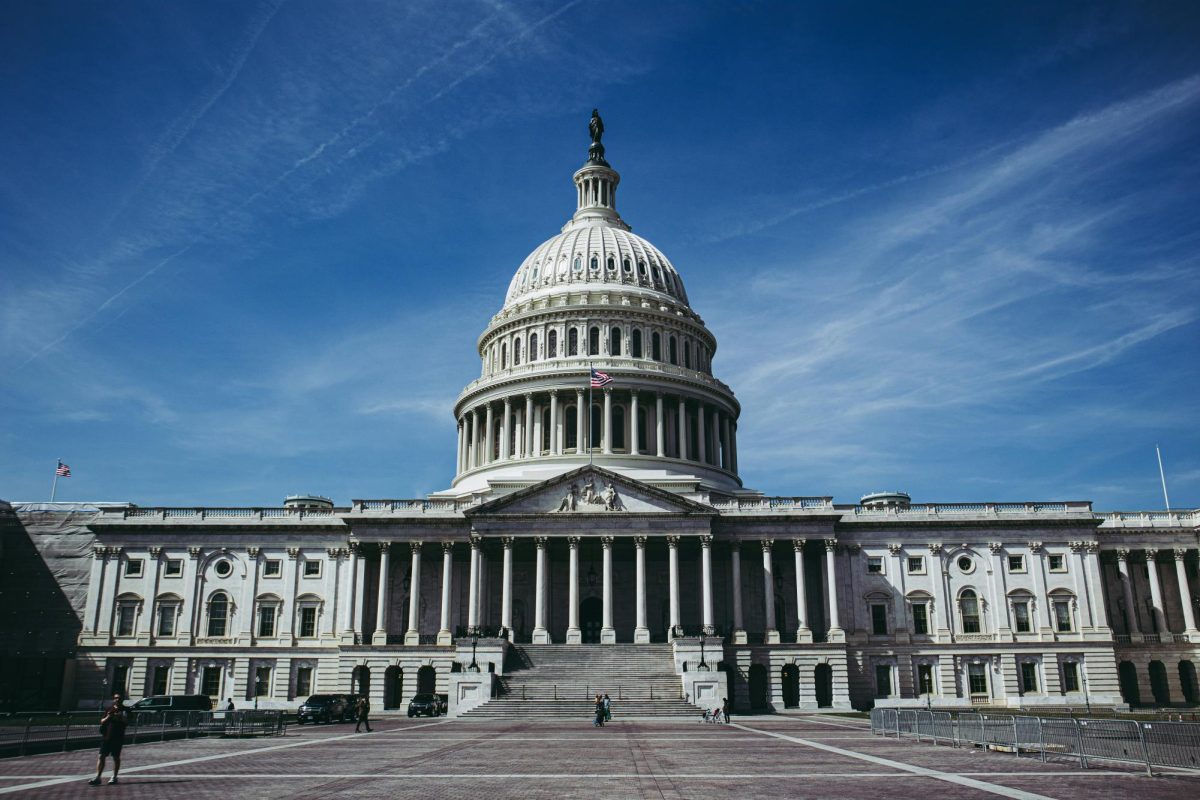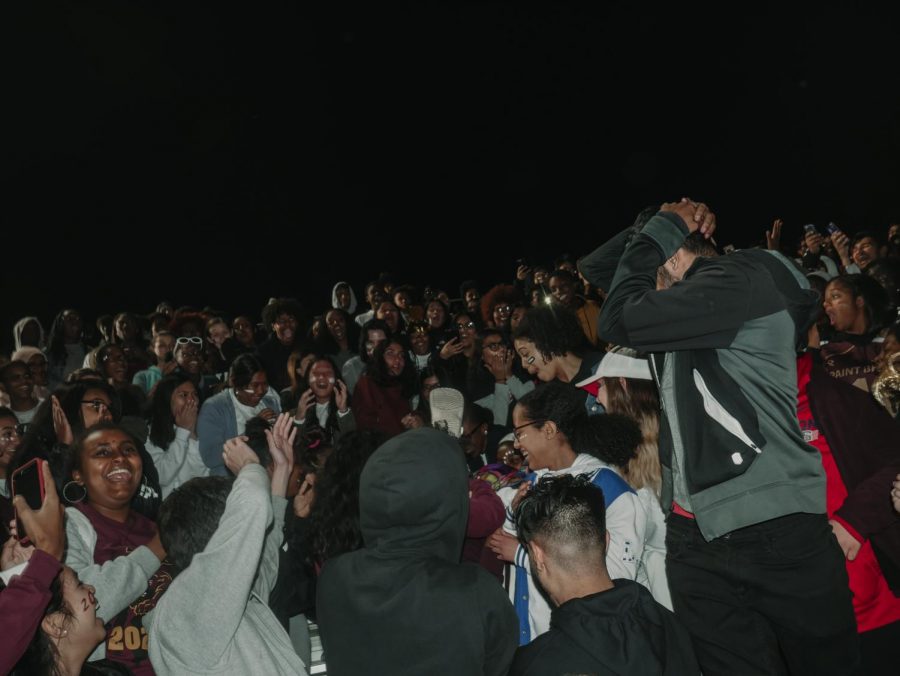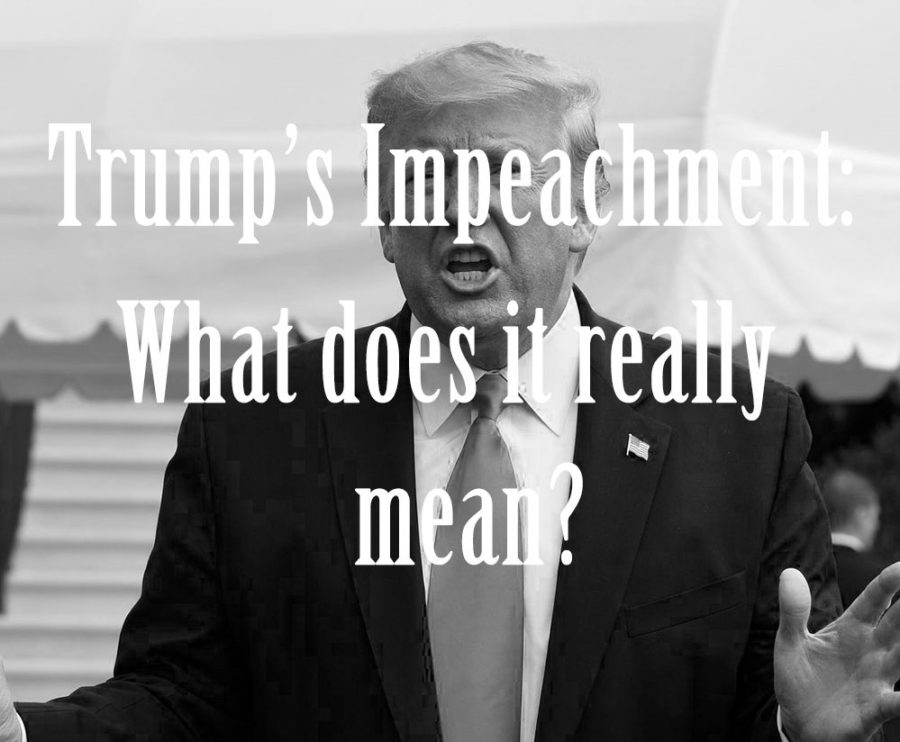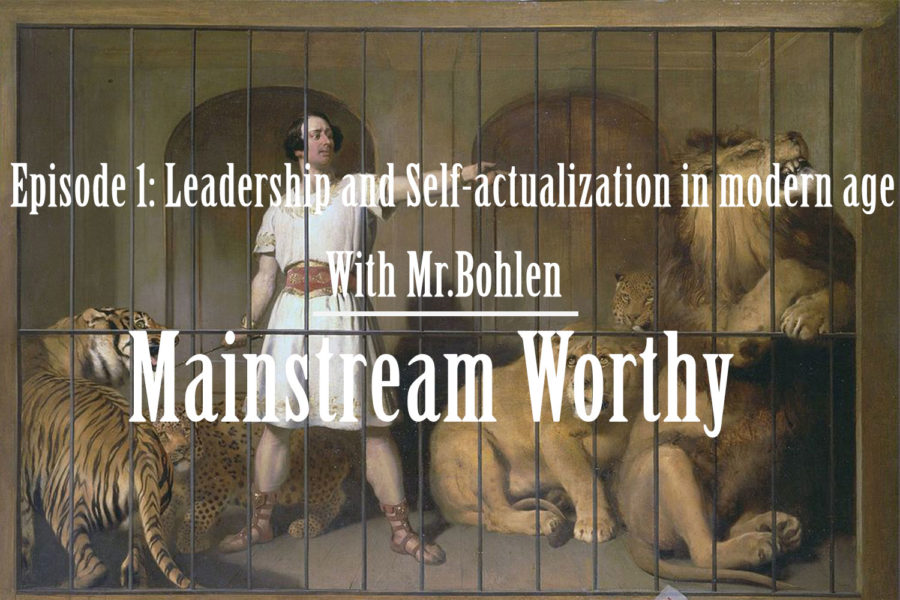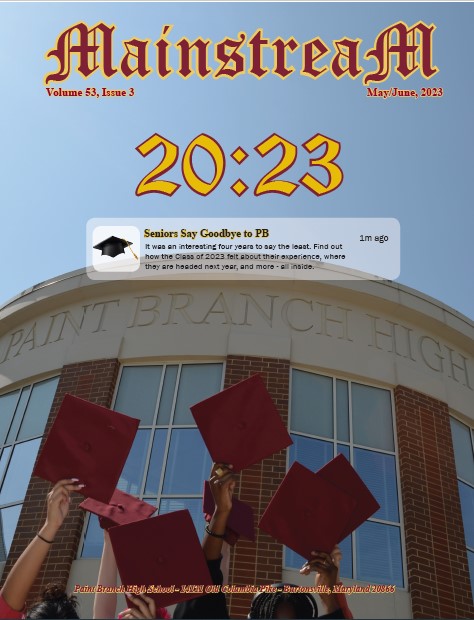As the clock struck midnight on October 1st, 2025, the U.S. government officially shut down due to Congress failing to fund the government before the fiscal year ended on September 30th, 2025.
But what exactly is a government shutdown? It occurs when lawmakers can’t agree, causing funding to lapse, and the government comes to a halt. For context, most federal government agencies are funded annually by a dozen appropriations bills that Congress must pass and then be signed by the president before the start of the new fiscal year, October 1st. In this case, Republicans and Democrats couldn’t agree to pass a bill funding government services, therefore, causing the government to shut down.
Currently, Republicans have the majority in both chambers of Congress, but that majority is not enough to avoid a shutdown. According to David Wessel of Brookings.edu, “In the Senate, it takes 60 votes to approve a temporary spending bill—currently, Republicans hold 53 seats—and Democrats say they won’t support such a bill unless Republicans agree, among other things, to extend expiring subsidies for Affordable Care Act premiums.”
Once a shutdown occurs, its consequences are felt quickly. One of the primary impacts is the furloughing of federal employees or requiring them to work without pay. CNN writer Tami Luhby reports, “Roughly 730,000 federal employees are working without pay, while another roughly 670,000 have been furloughed, according to the latest estimate from the Bipartisan Policy Center.” But, there are exceptions such as Supreme Court Justices, federal judges, and political appointees. Peter Farruggia, a federal worker facing the effects of the shutdown, shared his experience in an interview with Fatima Hussein and other writers at AP News: “But for sure I am going to have bills that are going to go unpaid this month, and I really don’t have many options.”
Most national parks, monuments, and museums are closed due to federal workers not being present, though areas such as lookouts, campgrounds, trails, and open-air memorials are still open. Other areas, such as public schools, will be able to rely on state funding and continue to operate, and programs such as Medicare and Medicaid will also continue because they are mandatory for the public.
There have been a total of 21 government shutdowns since 1976. The last one to occur was in 2019 during President Trump’s first term, which lasted for 35 days. This was the longest shutdown in the United States, and the current shutdown is projected to be the second-longest in U.S. history.
As the shutdown continues and Republican and Democratic congressional members remain at odds over budget priorities, many areas of the federal government and federal workers remain in limbo. If it continues until November 5th, it would be considered the longest government shutdown in United States history, which leaves Americans wondering just when the government shutdown will end.

